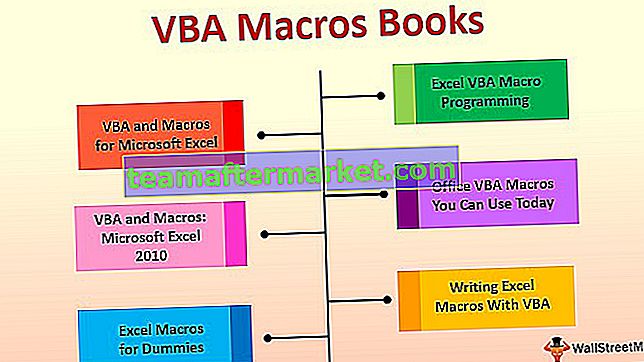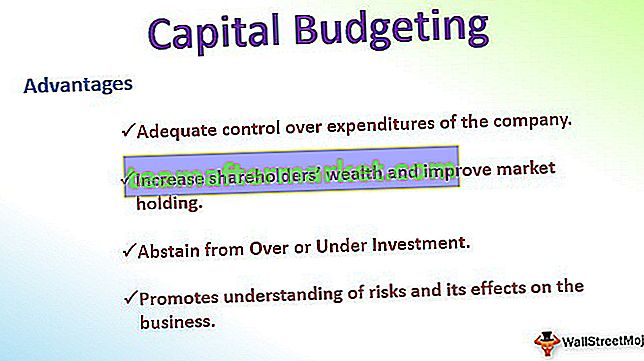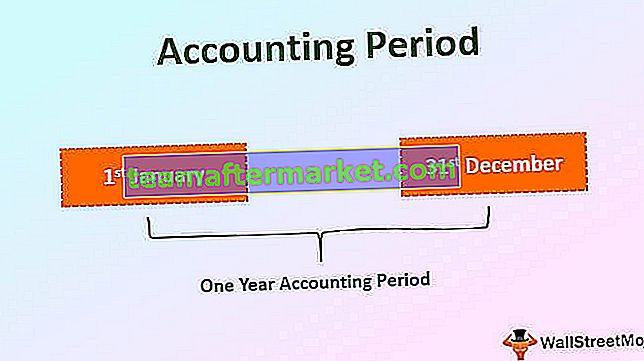Operating Earnings Definition
Operating Earnings or Operating Income is the amount of profit a company earns after deducting operational direct and indirect costs from sales revenue. It is also known as EBIT i.e. earnings before interest and taxes. We don’t consider Interest and Taxes and other non-operational income while calculating Operating Income.
Explanation
Operating Earnings is the number of profits that the company earns from its core operations. It is one of the important concepts which help the investors and creditors to know about the profit that the company is generating from its core business.
In order to calculate the operating profit of the company, we need to understand and distinguish between various types of costs and how they appear in our Income Statement. There are three types of financial statements that a company prepares, Income Statement, Balance Sheet, and Cashflow Statement. Income Statement shows the profitability of the company. Balance sheets show the Assets and Liabilities of the company. And the use of the Cash flow statement is to know about cash inflows and outflows of the company. Operating Profit is a part of the Income Statement of the company.

Operating Earnings Formula
There are three formulas to calculate Operating Earnings:
1. Operating Earnings = Total Revenue – COGS – Indirect Costs 2. Operating Earnings = Gross Profit – Operating Expense – Depreciation & Amortization3. Operating Earnings = EBIT – Non- Operating Income + Non- Operating Expense- Total Revenue: This is the total sales revenue earned by the company by selling its goods to the customer. Let’s understand the different terms used in the above formulas.
- Direct Costs: Direct costs are the expenses directly associated with the cost of manufacturing any goods or providing any service. E.g., labor cost, raw material cost.
- Indirect Costs: These are the cost which cannot be directly linked with the manufacture of a product. These are also called as overhead costs. E.g., Rent and salary costs.
- Gross Profit: We calculate Gross Profit or Gross Income by subtracting the Cost of Goods Sold from Revenue.
- Operating Expense: These are the expenses incurred in running the core business. E.g., Rent, wages, and Insurance cost.
- Depreciation & Amortization: It is the cost of wear and tear of tangible and intangible assets.
- Non-Operating Income: Income earned from other than the core business activities; E.g., profit from the sale of assets.
- Non-Operating Expense: Expenses not related to the running of the core business. E.g., interest cost and taxes.
How does Operating Earnings Work?
The Operating Profit works as per the below order. We have a Sales revenue figure from which we reduce COGS, i.e., the cost of goods sold, which includes Raw material cost, wages cost, etc. to get Gross Profit. Other Operating expenses such as Rent, Insurance cost, depreciation, etc. are reduced from Gross Profit to get Operating profit figures.
There is another method to calculate Operating profits. We can start from the bottom of the income statement, i.e., take the Net Profit figure and add back Interest expense and Taxes to get the operating profit of the company.

Example
There is a Shoe Manufacturing Company, calculate Operating Profit from below provided information.
Sales Revenue $3,00,00,000 Cost of Goods Sold $1,00,00,000 Marketing & Sales Expense $20,00,000 Office and Admin Cost $10,00,000 Depreciation Cost $20,00,000 Interest Cost $10,00,000 Tax rate 30%.
Solution
Calculation of Operating Earnings

The Operating Earnings = Total Revenue – COGS – Indirect Costs
- = 3,00,00,000 – 1,00,00,000 – (20,00,000 + 10,00,000 + 20,00,000)
- = 1,50,00,000

Operating Income = Gross Profit – Operating Expense – Depreciation & Amortization
- = 2,00,00,000 – (20,00,000 + 10,00,000) – 20,00,000
- = 1,50,00,000

Operating Income = EBIT – Non-Operating Income + Non-Operating Expense
- = 1,50,00,000 – 0 + 0
- = 1,50,00,000
Net Profit

- =14000000-4200000
- Net Profit = 9800000
Importance
It is an important indicator of how business is performing. It is also used in calculating various financial ratios.
Creditors, Investors, and Management closely monitor the EBIT of the company to track the company’s performance. This is an important aspect to consider while making a decision to invest as investors can compare the different companies at their operating level.
Operating Profit is an indirect measure of the Company’s profitability. Higher the operating income, the more profitable a company is.
Conclusion
Hence, Operating Earnings is an important concept which helps to know about the company’s financial health. Although Net Profit plays an important role in understanding the company’s financial health if we are comparing companies with different tax structures and finance structures, then the Operating profit will give us a more accurate picture.








